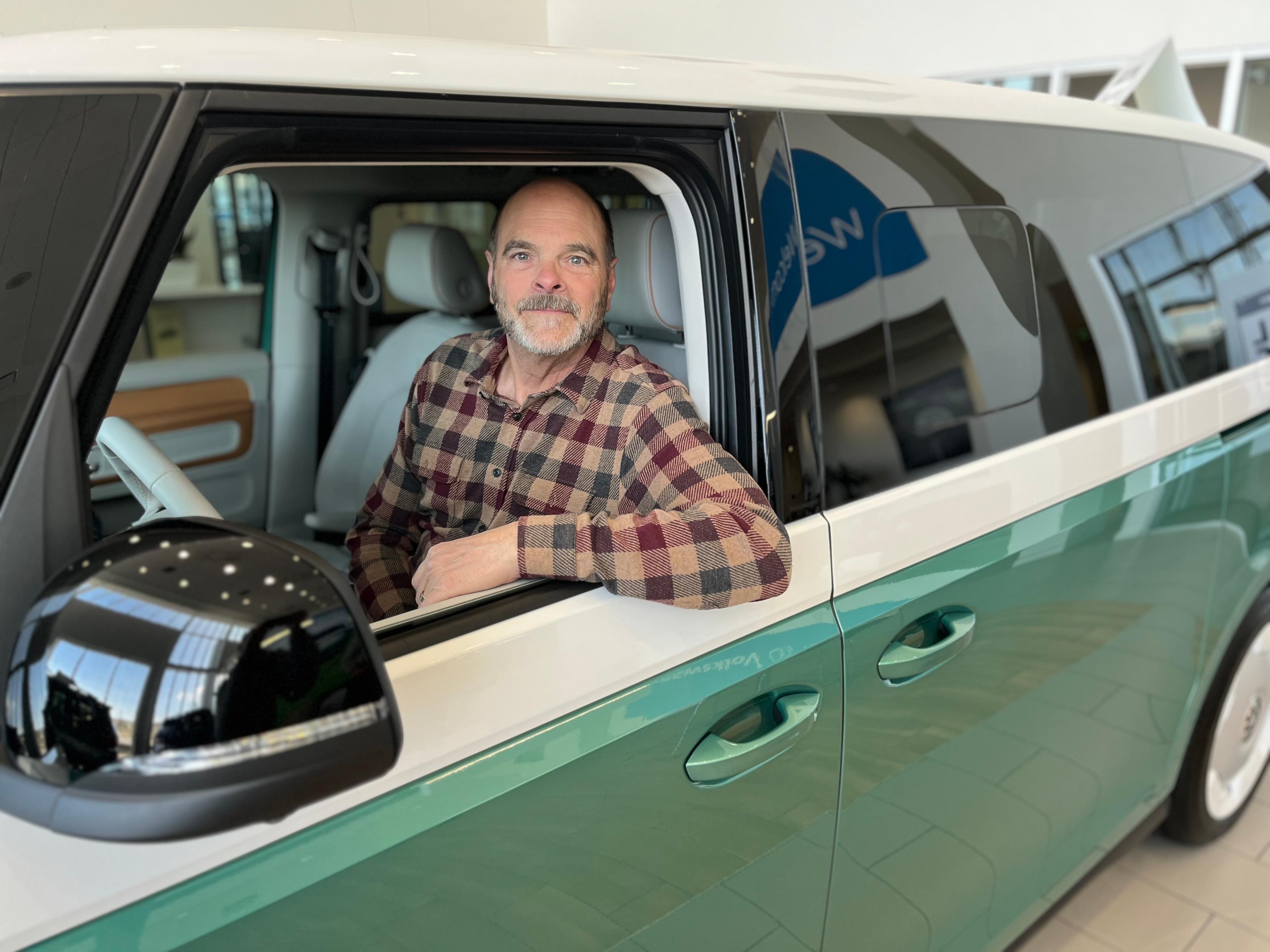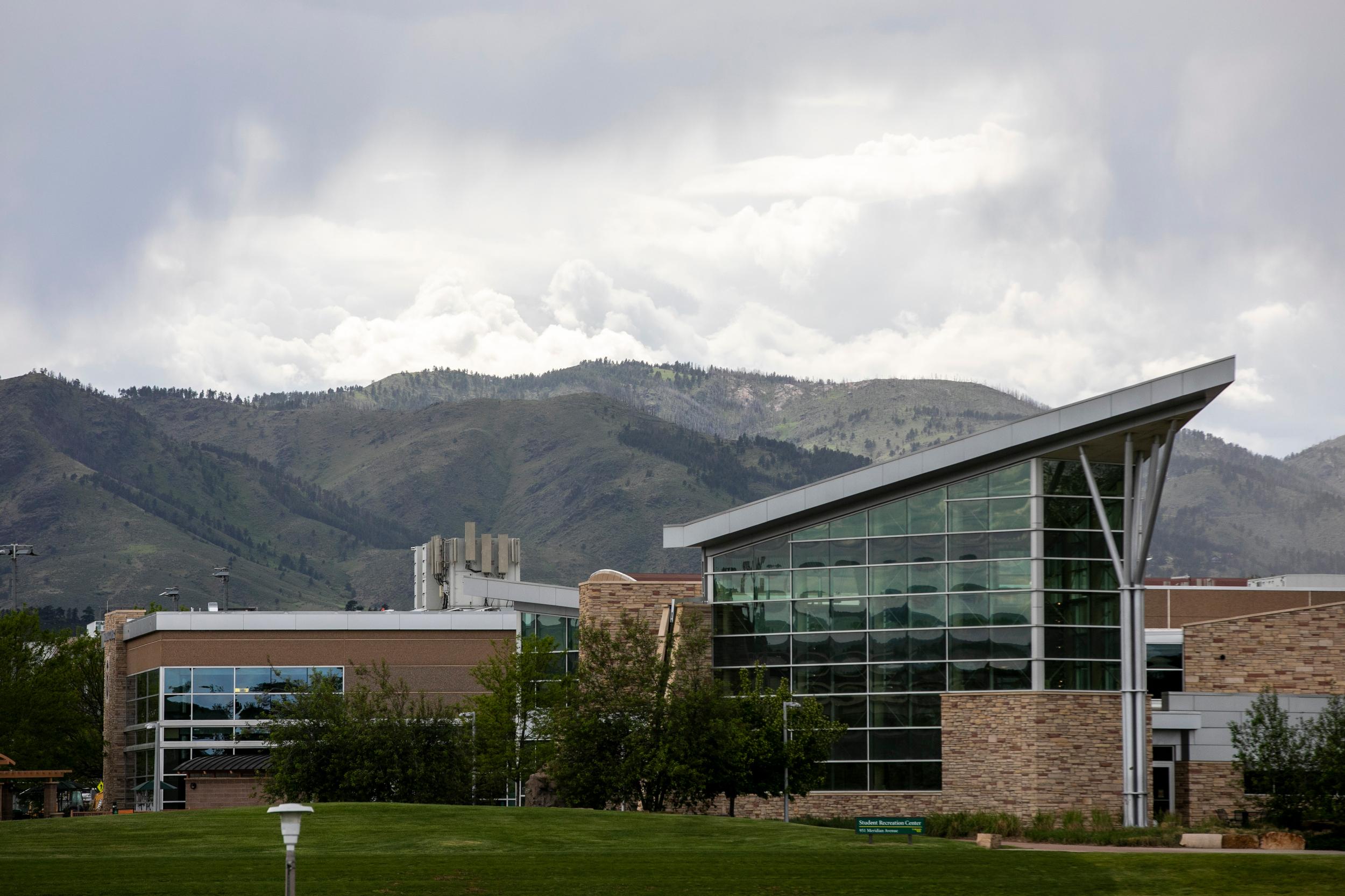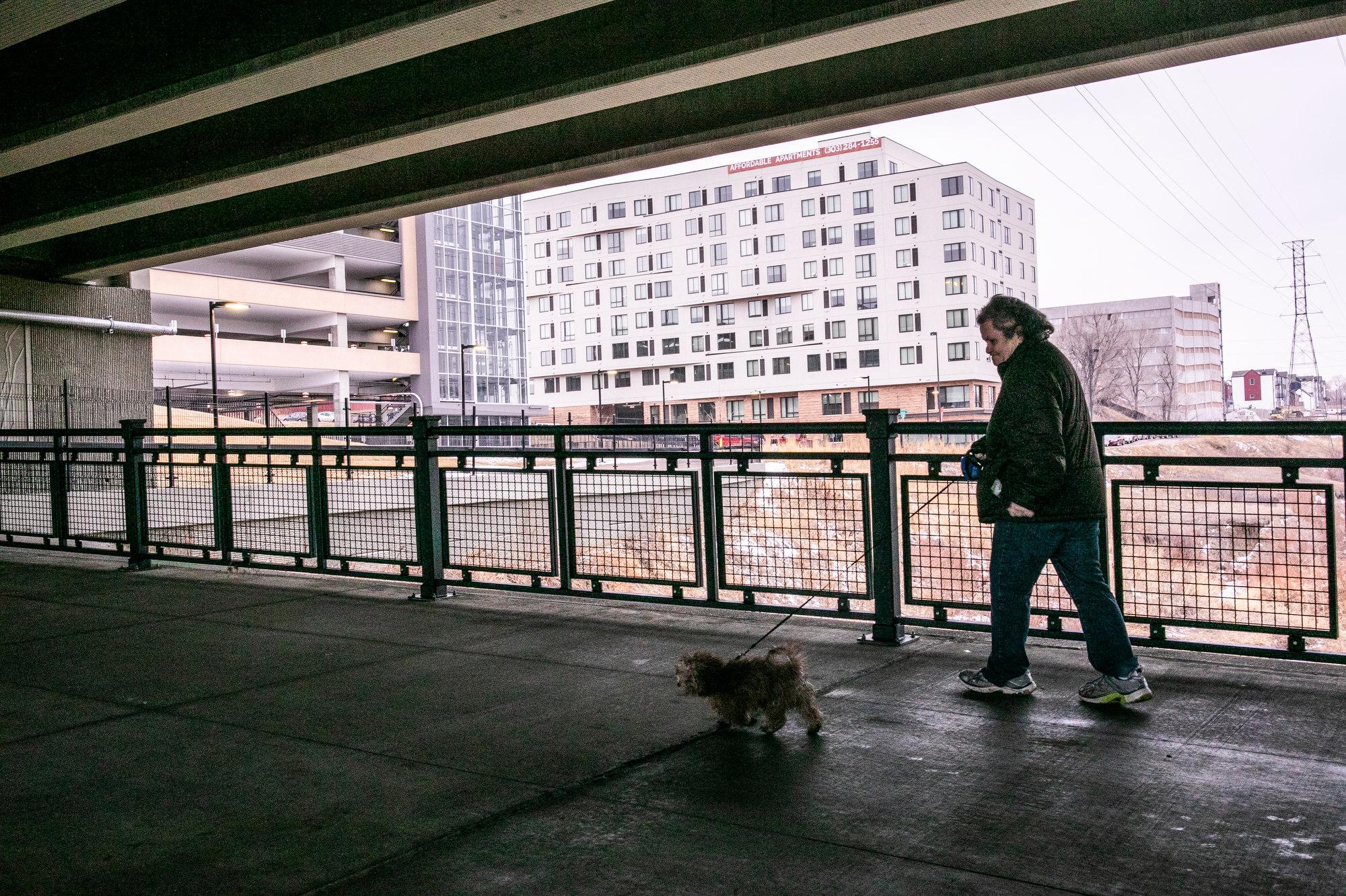
Update: The RTD Board gave final approval to the new policy at its Feb. 23 meeting.
From the patch of grass where she stood on a recent morning with her dog Kasha, Rosemarie Chostler could see two of the most important places in her day-to-day life.
The first was her new apartment building, an affordable complex at Sheridan Boulevard and the Lakewood Gulch in west Denver. The second was the Regional Transportation District’s W Line station, just a two-minute walk away.
"I don't drive anymore. I'm 61 and I get night blindness,” Chostler said before reflecting on the importance of having a transit stop nearby. “It's the difference between not getting out at all and getting out."
Chostler secured a home in the new 133-unit Sheridan Station Apartments after being priced out of the market-rate apartments in Capitol Hill that she and her husband lived in for decades.
“They were $200 to $300 a month. Now, they're thousands,” she said. “Even if my husband was still alive we wouldn't be able to afford it.”
The RTD board will take a final vote next week on a new policy designed to encourage more housing to be built on the agency’s property near its stations — mostly park and rides — across the metro.
Among the most important pieces of that new policy is a non-binding goal that 35 percent of all housing units built on RTD property be affordable. The new policy would also give RTD staff more flexibility to allow housing developments that don’t include a garage to replace every parking spot they use. The agency’s own research suggests that people that live in affordable housing need less parking and use transit more.
The new policy could be a “major game-changer,” said Aaron Miripol, president and CEO of the Urban Land Conservancy, a real-estate non-profit behind affordable housing projects across the Denver metro.
"Based on this, we could absolutely get thousands of units of permanently affordable housing, when we think about the whole FasTracks network,” Miripol said, referring to the agency’s relatively new network of rail lines and the Flatiron Flyer bus line between Denver and Boulder.
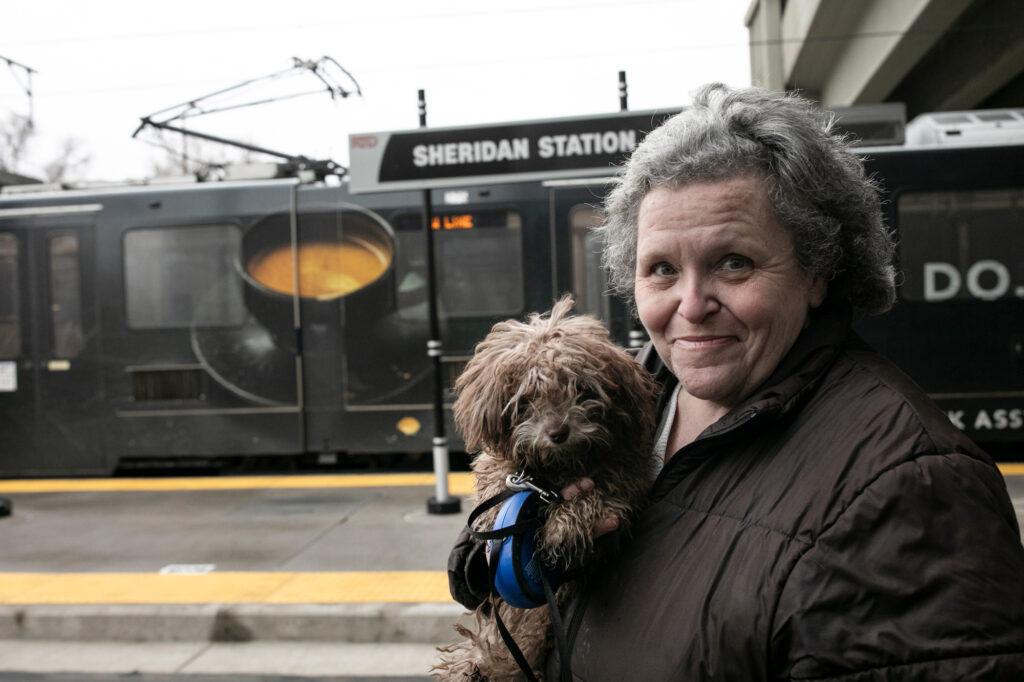
More new housing could help alleviate the metro area’s affordability crisis
And developers like Boulder-based Scott Pederson say RTD’s high-frequency train and bus stations present opportunities for more cost-efficient apartments and condos to be built with less parking — even if that causes friction.
“You're talking about suburbia and you're kind of transitioning, parts of the area into something that looks, or maybe feels, a little bit more urban,” Pederson said. “I think fundamentally it's a good land use policy to build with greater density rather than sprawl.”
The cost of garages — about $25,000 per space, RTD says — has killed past projects. Pederson had proposed a housing development at the McCaslin Boulevard park and ride on U.S. 36 in Superior. It included a small garage but also counted on residents sharing spots with park-and-ride users — two groups that tend to need parking at opposite times of day. He’d also explored sharing parking with nearby big-box retailers.
“They have a ton of parking, and that parking is not used overnight,” Pederson said. “It can be a beneficial situation for both groups.”
But RTD wanted Pederson to build a larger garage, and he said that pushed his costs too high. So he abandoned the project. If the RTD board adopts the new policy next week, which, after a 15-0 preliminary vote, it likely will, Pederson said he might try to restart it again.
While RTD can, and has, built a sprawling transit network, it’s still up to cities to decide how development happens near those stations. RTD’s new policy is meant to respect that, said Chessy Brady, RTD’s transit-oriented development manager.
“We don't want to impose anything on any jurisdictions. And this policy doesn't,” Brady said. “We're threading the needle with this policy."
The town of Superior, home to the McCaslin park and ride, is supportive of RTD’s new policy, said Steven Williams, the town’s planning and building manager.
“Superior generally views the RTD property as an opportunity for both [transit-oriented development] and affordable housing and agrees that each of these development types offer possibility for parking reductions,” he wrote in an email.
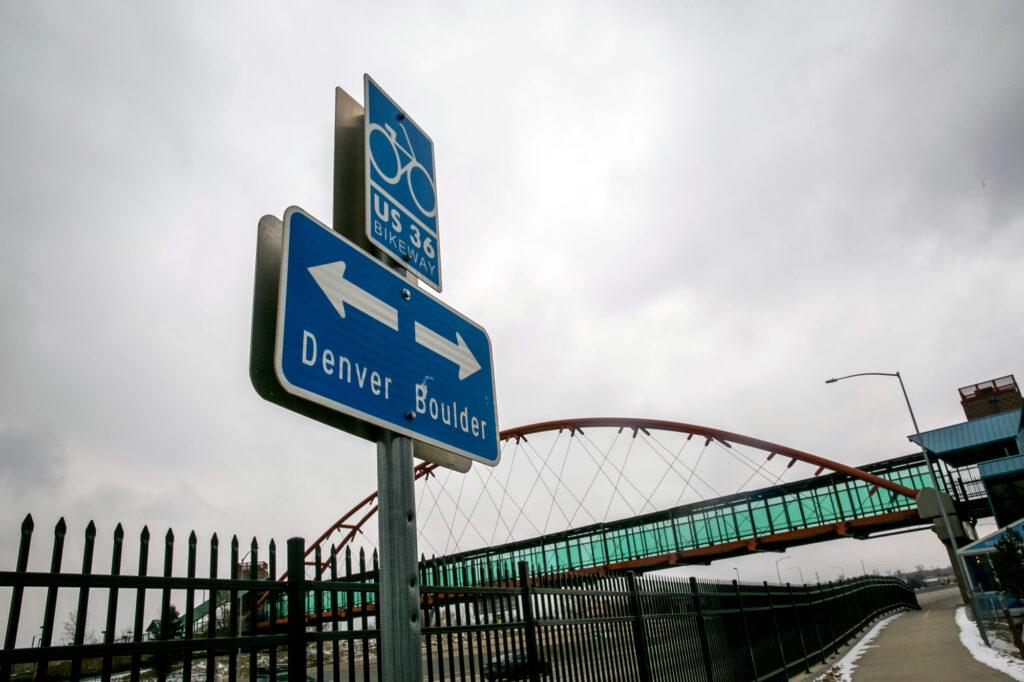
At least a dozen RTD stations have at least some potential for denser development
That’s according to an RTD staff assessment from early 2020. Some park and rides, at least prior to the pandemic, were routinely full. Those parking spots will be preserved, Brady said.
Where RTD, and other local officials, decided to build its rail network in the first place also continues to have a huge impact today. With a few exceptions, the lines mostly hug highways and freight rail corridors — not existing high-density residential and commercial corridors. That limits development opportunities, Brady said.
"If you're along a highway, there's nothing going in on one side,” she said.
Brady’s own department has seen layoffs in recent months as RTD has tried to cut costs and balance its budget. Aaron Miripol with Urban Land Conservancy said he hopes RTD will have the resources it needs to implement its new policy. Brady said any new development proposals would be her “top priority.”
Rosemarie Chostler was happy to hear that RTD wants to encourage more affordable housing.
"I think it's a great idea,” she said. “So many people need it. Lots of people like myself, that are older seniors, low-income seniors and don't have cars and are maybe even homeless.”
Chostler’s husband died in 2012, just as Denver’s rents started to skyrocket. She lost her apartment a few years later and was homeless for three years. So her new place means a lot to her, and she said she wants other people to have the same opportunity.

